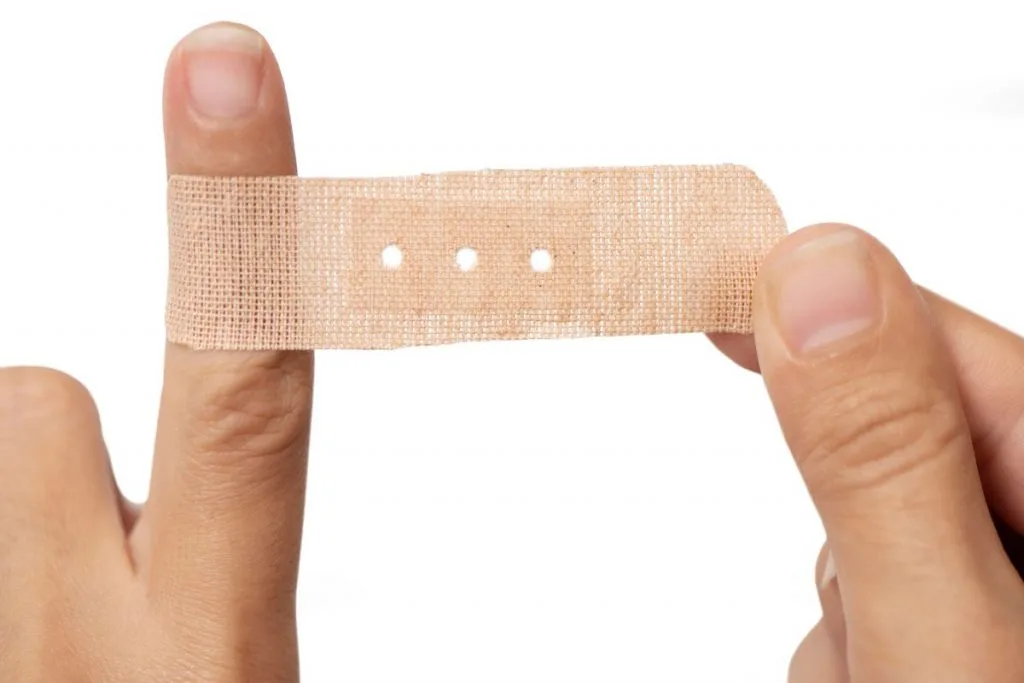Becoming a parent is unpredictable, as you never know what might affect your child. With this in mind, it’s important to be prepared for any scenario that your child might experience. In this article, you’ll learn what you need to do if the unthinkable happens.
Remain Calm
It can be difficult to remain calm when your child is injured, but it is important to try to stay calm so that you can think clearly and make sure your child receives the best possible care.
Staying calm will also help your child to stay calm. Children often look to adults for guidance on how to react in difficult situations. If you are calm, your child is more likely to stay calm as well.
Some ways to stay calm are to take deep breaths, count to 10, or use positive self-talk.
Limit Movement To The Injured Body Part
If your child has sustained an injury, it is important to limit their movement as much as possible. This will help to prevent further damage and allow the injury to heal properly. Moving the injured limb too much can also cause pain and discomfort.
Depending on the severity of the injury, you may need to provide support for the affected body part with a bandage or splint.
If your child has a broken bone, it is important to immobilize the limb as much as possible until emergency services arrive and you can see a doctor.
Reduce Swelling By Elevating The Injury
After an injury, it is important to reduce the swelling as soon as possible. This can be done by elevating the injury above the level of the heart.
Through elevation, you are continuing circulation through the body which helps heal injuries. You can learn about other circulation support through saveritemedical. Any kind of way that can help reduce swelling immediately after an injury should be considered and used.
Keep the limb in this position for at least 15 minutes, or until the swelling has subsided. You may need to do this several times a day. Some ways to elevate an injury are by using a pillow, reclining in a chair, or laying down.
Apply Ice
When your child has suffered a minor injury, it is helpful to apply ice as it can help to reduce swelling and pain.
Here’s what you need to do:
Wrap ice in a towel or cloth. You can also fill a plastic bag with ice cubes and wrap it with a thin towel.
Apply the ice to the injured area for 20 minutes at a time. This will be very cold for their skin, so if you need to take few-second breaks, that is okay.
Repeat this process every two hours for the first 24 hours after the injury occurred. After 24 hours, you can apply heat to the injured area instead of ice.
Clean The Wound
If your child has a minor cut or scrape, you’ll need to clean the wound. Start by washing your hands with soap and water.
Then, apply pressure to the wound with a clean cloth to stop the bleeding. Next, use mild soap and warm water to clean the wound.
Apply an antibiotic ointment if necessary. Finally, cover the wound with a bandage or adhesive strip. Make sure to monitor the wound for any sign of infection.
Some symptoms of an infected wound are:
- increasing pain
- redness
- swelling
- pus or drainage
- fever

Use Children’s Ibuprofen Or Acetaminophen
After your child has been injured, you may be wondering whether to give them ibuprofen or acetaminophen. Both of these medications can help to relieve pain and reduce inflammation. However, there are some differences between the two drugs that you should be aware of.
Ibuprofen is a non-steroidal anti-inflammatory drug (NSAID). This means that it can help to reduce inflammation as well as pain. Acetaminophen is an analgesic, which means that it primarily works to relieve pain. In general, ibuprofen is more effective for long-term pain relief and acetaminophen is more effective for short-term pain relief.
However, both medications have their own potential side effects. Ibuprofen may cause stomach aches, ulcers, or kidney problems. Acetaminophen may cause liver damage. It is important to talk to your child’s doctor before giving them either medication, especially if they have any underlying medical conditions.
In general, children’s ibuprofen is the preferred choice for pain relief after an injury. However, acetaminophen may be a better choice if your child is also running a fever. Talk to your child’s doctor to determine which medication is best for your child’s individual needs.
If your child has been injured, it is important to act quickly and take the necessary steps to ensure their safety and well-being. The most important thing is to remain calm and take care of your child the best way you can. From there, you can seek professional help, if necessary, and follow any instructions given to you by medical professionals.

